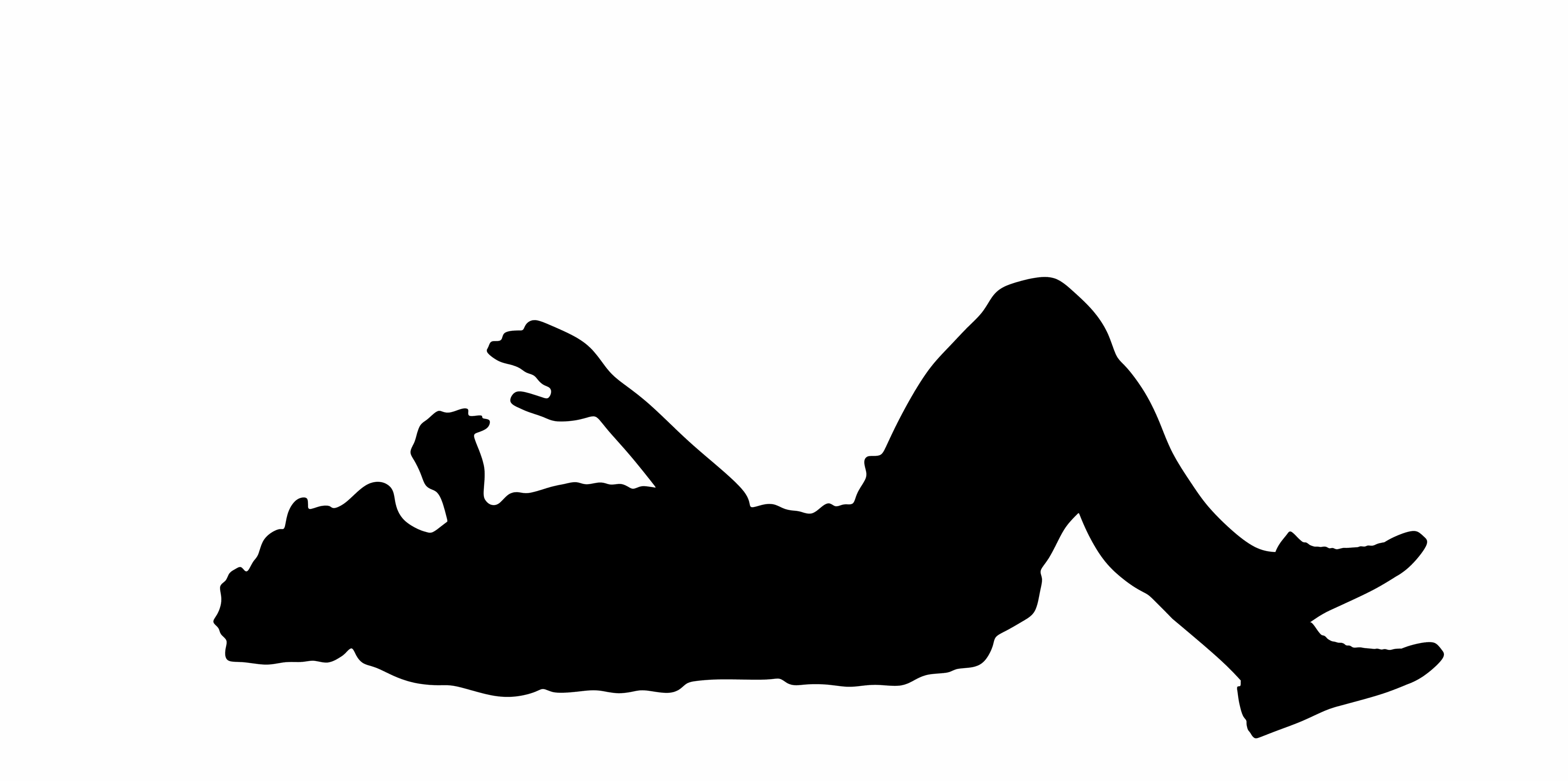What Are The Webs Showing Up On Trees In Louisiana And How Can You Deal With Them?

BATON ROUGE, La (BRPROUD) - Residents in Louisiana may see webbing on some of their plants this time of year. Those "webs are made by caterpillars of the fall webworm moth," according to the LSU AgCenter.
"If a homeowner relies on the tree to provide aesthetic value, shade, or produce fruits or nuts, then the fall webworm should be managed because they will defoliate the leaves, impacting all three of these areas," said LSU Assistant Professor of Urban/Pieri-Urban Entomology Dr. Aaron Ashbrook.
The AgCenter said the web protects the caterpillars from predators, including spiders, birds, lizards, Tachinoid flies, parasitoid wasps and small mammals.
"Upon hatching from their eggs, the fall webworms immediately spin a small web in the area they are feeding to provide protection," Ashbrook said.
The webs are only made in the areas of feeding initially, and as they move along the tree branches, they expand the web over new leaves," he said.
Getting rid of that sticky structure is not that easy. The LSU AgCenter said, "the web also makes chemical control with insecticides more difficult."
Ashbrook, said, "When sprayed with a water-based insecticide, the droplets get caught in the webbing and do not penetrate effectively."
If you are having trouble getting through the webs, Ashbrook suggested putting liquid dish soap in the insecticide and trying a high-pressure sprayer.
If you do choose to try insecticides, Ashbrook, said, "there are several classes of insecticides labeled for fall webworms."
Thanks for signing up!
Watch for us in your inbox.
Subscribe Now
KLFY Daily Digest
He said, "insecticides that contain indoxacarb, spinosad, and tebufenozide will help protect some of the predators that feed on fall webworm while also managing the pest."
Ashbrook provided another option for how to deal with the fall webworms.
"Bacillus thuringiensis is effective against fall webworms," he said. All you have to do is spray it on the leaves and it will kill the insects that try to eat them, said Ashbrook.
Don't want to spray chemicals?
According to Ashbrook, you could also remove the webs yourself "and put the webs and insects in a bucket of soapy water for several hours."
The LSU AgCenter said residents can use a looper or pole pruner when the webs are low enough to reach. They suggested cutting only the webbed limbs.
Residents can also choose to leave the fall webworm moth alone. Their webs are "seldom detrimental to the tree," according to the LSU AgCenter.
Ashbrook said, "If the webworms are in a heavily forested area, their impact will be less noticeable and impactful; therefore, they may not need to be managed in areas with many trees."
He said people will begin to see the first wave of moths around the middle of March or April each year.
That is when they lay the first cluster of eggs, Ashbrook said. He said from that point they "will have four or five generations until the fall."
A late instar caterpillar is shown before it becomes a fall webworm moth. (Photo courtesy of Aaron Ashbrook) Webworms have already made a web and are in an aggregation. (Photo courtesy of Aaron Ashbrook) An adult fall webworm moth is seen on the ground. (Photo courtesy of Aaron Ashbrook)States in the North see the moths in late summer and fall. Ashbrook said, "The fall webworms migrate to the Northern U.S. and will appear around the fall time, which is how they get their name."
Latest News
- Missing Carencro man last seen Aug. 5 in Evangeline Parish
- Inflation reaches lowest level in three years
- Teen's murder in 1986 tied to serial killer on death row
- Laborde Earles Injury Lawyers ranked 18th fastest-growing company in Louisiana
- Lawmakers approve pay raise for Louisiana education superintendent


